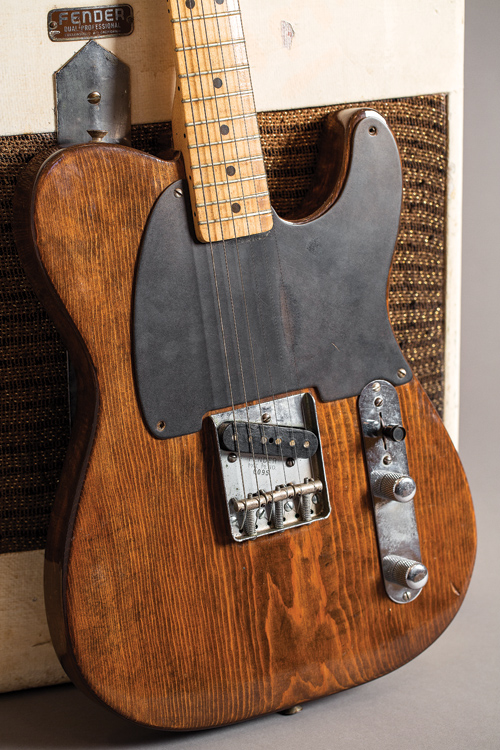thehackberry
TDPRI Member
Hey everyone,
I'm planning a build of the original 1950 Esquire made of 1.5" laminated pine and want to figure out the exact species of pine used. You can see the guitar in this video and I have some screenshots below. I'm leaning towards Eastern White Pine because of the way it looks but want to get a second opinion from all you knowledgeable folks. What do you all think?




I'm planning a build of the original 1950 Esquire made of 1.5" laminated pine and want to figure out the exact species of pine used. You can see the guitar in this video and I have some screenshots below. I'm leaning towards Eastern White Pine because of the way it looks but want to get a second opinion from all you knowledgeable folks. What do you all think?




Last edited:

